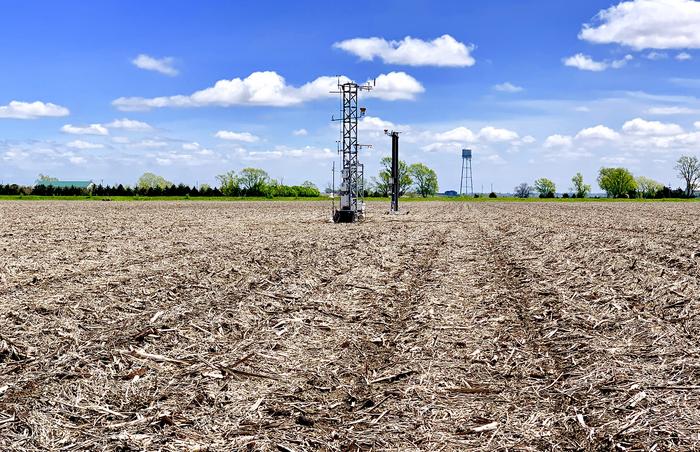Agriculture company operations have always been highly dispersed. Whether it was going out to the fields until lunch, leading a regional salesforce or a global shipping operation, irregular or distance communication has been the norm in the ag industry. Yet, it was not until the pandemic that senior ag leaders started really thinking about how to lead from a distance. And, while ag has been ‘doing distance’ for a long time, the model is relatively new for other sectors. Since at least some of your company may work someplace other than a central office, recognizing the unique challenges and opportunities of remote staff provides an opportunity to better lead dispersed teams.
Often the term ‘hub and spoke’ is used to describe a central corporate office with multiple operations closer to the product or the customer. While the administrative leaders tend to be centrally located, seed product development generally takes place in the environments where they will be used, and crop protection and biological products are tested in the field close to customers. District sales managers have long used remote leadership to manage a cadre of field sales managers. Meanwhile, production and manufacturing often take place in distant communities where better resources are available. Increasingly, global partnerships result in staff dispersed not just across the region but internationally.
Overall, products tend to be grown in one place, sold in another, and used in a third, while overseen from a fourth. The complex value chain of agriculture means that all parties are rarely in the same room.
We’ve been using memos, phone and conference calls, and we in the seed sector were early adopters of email and video calls to get work done. In fact, we’ve proven really good at managing some distance relationships. We often don’t give it enough thought because it’s been a necessary reality.
The opposite norm, however, was that if two or more people worked at the hub or the spoke, they worked in the same physical space. The shift to remote work — where employees choose to work from a home office even if they’re located close to a company office — is a notable change, and it deserves your attention.
Given the broader shift in expectations and opportunities of remote work, how can you use the systems you already have in place to also lead your local teams remotely?
Can you adopt the tools that are being developed to support remote workers to get even better at managing the distance relationships for which there is no choice?
Rather than fighting to keep the local team together at all costs, how might you benefit from accepting that we’ve always worked remotely, and support newly- and already-remote employees and collaborators?
Consider the benefits of appreciating and enabling remote work. We’ve long lamented the difficulty of recruiting to rural communities where most of our work and employees are located. A dispersed model allows more people to bring their talent and skills to your company without relocating. You might be able to reduce the salary or eliminate hiring bonuses and use these funds to support periodic travel that complements remote work. You sell product wherever there is a market and build systems to support it; you can also hire from any market and build systems to support that.
Remote organizations tend to have more decentralized decision-making models. In the hub and spoke model, you probably relied on the input from your easy-to-access, co-located colleagues. If you don’t have that resource down the hall, you are likely to reach out to a wider segment of advisers and get broader and potentially more diverse viewpoints.
Additionally, a remotely led organization levels the playing field in that outlying employees now have equal access to leaders as traditionally local employees. This improves networking and mentoring opportunities for all employees—and broadens your exposure to them as potential future leaders.
The emphasis on remote leadership across industries has given rise to many new tools and ways of working that can also improve working with employees and collaborators for whom there was never an in-person option. Culturally, we are hearing more about the importance of being a great meeting facilitator, whether that’s online or in-person. Remote teamwork has increased the emphasis of building relationships before we build projects, on using time wisely, and tracking accountability, as just a few examples. This has always been important, but now your team knows about It and expects it, which will improve teamwork for everyone.
Rather than fighting the change toward more remote work, let’s look at what we are already doing well to work with our distant employees and collaborators and do more of that with all employees. Let’s look at what tools exist to support remote work in other sectors, then do what we are already doing, but even better.











